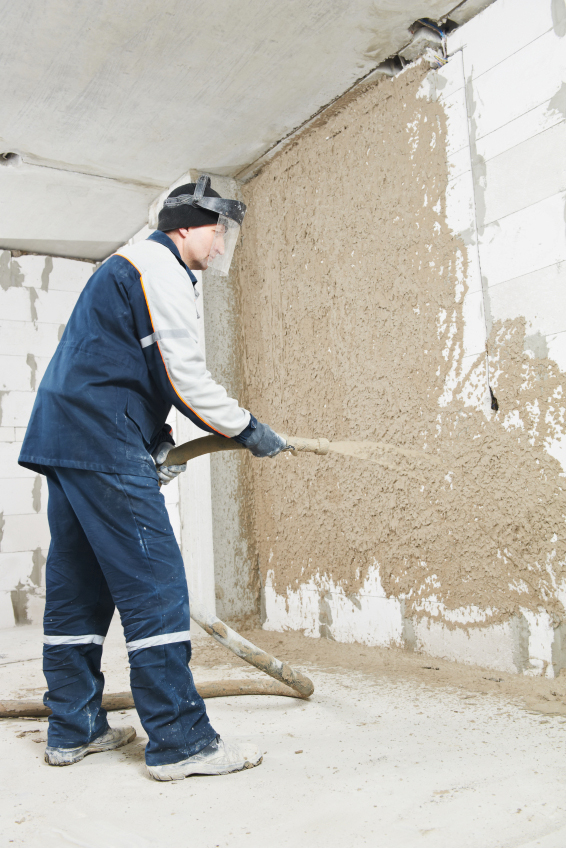Plasterers and Mesothelioma
Mesothelioma Affects Plasterers Who Work on Buildings
You trowel and smooth plaster over wallboard, masonry, lath and wire.
You plaster interior and exterior surfaces. You prepare, install and repair insulation systems. You apply fireproofing to structural members made of steel.
You’ve found success in this line of work. But your success comes at a price — you may have been exposed to asbestos.
Asbestos exposure is bad because it can lead to diseases. One of these diseases is mesothelioma. Your risk of developing mesothelioma is moderate to high.
The asbestos to which you were exposed was possibly contained in construction materials that include:
- Plaster
- Fillers
- Sealants
These and many other building products once were routinely made with asbestos added to them. This occurred from about the beginning of the 20th century to just before the dawn of the 1990s. One of the main purposes of adding asbestos to plaster was to make walls fire-safe. Asbestos does not burn and is very effective at blocking high heat.
Makers of asbestos-containing plaster marketed it as a miracle agent to help protect homes against the threat of burning down. Another purpose for asbestos was to make the plaster more durable so that it would be less susceptible to chipping. That was especially important when plaster was used in decorative applications.
Asbestos Threat Still Exists

Not just in the plaster will you find asbestos. It may be lurking inside a variety of other construction materials not related to your trade.
In the old days, asbestos was used in plumbing, roofing, flooring, attic insulation, electrical boxes, window frames and more.
But no matter where it is found in a structure, asbestos ordinarily is not dangerous until it becomes disturbed.
It’s Dangerous to Disturb Asbestos
Asbestos is disturbed whenever the material containing it is compromised.
That means sawing into it, whacking it with a sledgehammer, applying to it a drill or a sander, or just flinging it across a work area into a waiting wheelbarrow, dumpster or scrap pile.
When you disturb asbestos in any of these ways (and plenty of others) tiny fibers of the mineral break free and become airborne.
The fibers are so small and light that they can remain in the air for hours or even days. That makes it possible for you to unknowingly walk straight into a cloud of fibers and inhale some of them.
The trouble for you doesn’t quite begin at that point. What you inhale travels to the farthest reaches of your lungs and stays there always.
Years and decades can go by. You feel fine the entire time. Then, out of the blue, you one day develop a cough or wheeze or chest pain that won’t quit.
The reason it won’t is because this entire time the asbestos in your lungs has been working to change healthy cells into cancerous mesothelioma cells.
Unions May Be Able to Help
Mention the word “asbestos”, and unions rise up in readiness to fight.
Leaders of the Operative Plasterers’ and Cement Masons’ International Association hope the 39,000 tradesmen who fill out the union’s ranks are prepared to do just that.
Contact the OPCMIA to learn about programs it offers to address asbestos risks.
Meanwhile, the American Journal of Industrial Medicine wrote about the asbestos problem confronting unionized construction plasterers a while ago.
It came to the conclusion that union members should be screened for asbestos-related diseases and educated about the future risks they face from these deadly ailments.
The advice is worth heeding. Make an appointment today with your doctor or a mesothelioma specialist and have yourself checked out.
Mesothelioma hits fast and hard. Don’t let it catch you like someone with his feet stuck in a tub of plaster.
